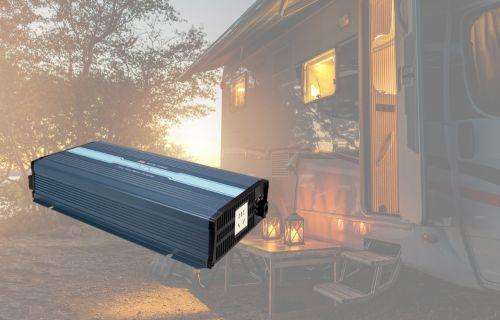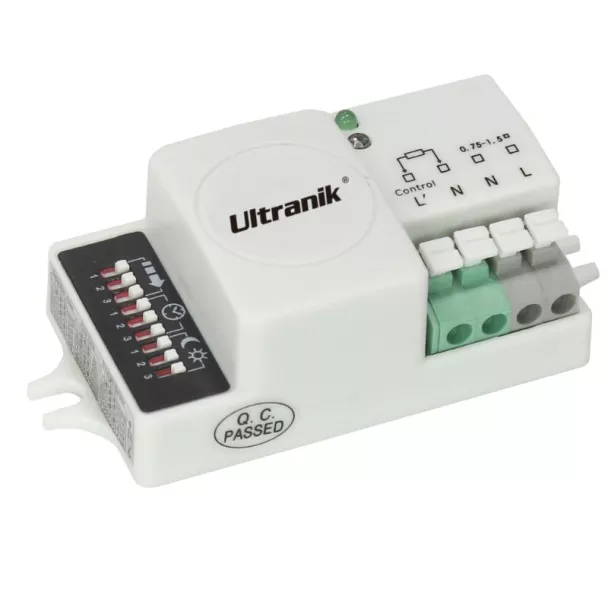What is a Microwave Motion Sensor?
Microwave motion sensors are advanced devices that use microwave technology to detect movement in a given area. Unlike PIR sensors that rely on heat signatures, microwave sensors emit continuous microwave signals into their environment and measure the time it takes for these signals to bounce back.
How Microwave Motion Sensors Work
These sensors operate on a principle similar to sonar. They emit microwave signals into the surrounding area, which bounce off objects and return to the sensor. When something moves within the detection zone, it disrupts the signal, causing a slight delay in the signal's return time. The sensor recognises this delay and triggers the connected device (e.g., a light) to switch on.
Benefits of Microwave Motion Sensors
Microwave sensors offer several advantages:
- Wider coverage: They don't require a direct line of sight, making them suitable for large or irregularly shaped spaces
- Increased sensitivity: They can detect very fine movements, which is useful in certain applications
- Penetration ability: Some highly sensitive microwave sensors can emit signals that travel through glass and thin walls
- Performance in extreme temperatures: Unlike PIR sensors, they don't rely on heat signatures, making them more reliable in hot areas
- Versatility: They can be adjusted to detect only human-sized objects, reducing false alarms
Ensuring Stable Microwave Performance
To optimise the performance of microwave motion sensors, consider the following steps:
1. Environmental assessment: Before installation, check the application environment and conduct field tests. Factors that can affect performance include:
- Wireless signal interference (e.g., strong Wi-Fi signals, GSM towers)
- Presence of metals (iron, steel, concrete)
- Moving objects (ventilation fans, water pipes, wind/air movement)
- Vibrations from air traffic or nearby machines
- Back wave reflection from walls
- Confined spaces like toilet cubicles (HF signals will ‘see’ through wood or gypsum partition materials).
2. Proper spacing: When installing luminaires equipped with microwave sensors, maintain adequate spacing between units. Placing neighbouring luminaires too close together can lead to signal interference, as sensors may detect each other's emissions, resulting in false triggering. It is recommended to maintain a mounting distance of at least 3 meters between sensors.
3. Mounting considerations: Avoid mounting sensors on opposite walls facing each other, as this can lead to false triggering.
4. Indoor use: Due to environmental influences like wind and heavy rain that can cause false triggering, outdoor mounting of microwave sensors is not recommended.
5. Sensitivity adjustment: Utilise the sensor's adjustable sensitivity feature to fine-tune its performance for the specific environment.
The HYTRONIK HC005S Microwave Sensor is a sophisticated motion detection device designed for lighting control applications. It functions as a motion switch, activating connected lights when it detects human movement and turning them off after a preset hold-time when no movement is detected.
The key benefit of the HC005S is its high level of sensitivity and accuracy. The sensitivity level can be adjusted for optimal control of the detection area.
Particularly well-suited for office spaces, meeting rooms, and classrooms, it offers an efficient solution for automated lighting control in commercial and educational settings.

Contact ADM if you would like assistance with selecting a suitable microwave motion sensor for your lighting application.


